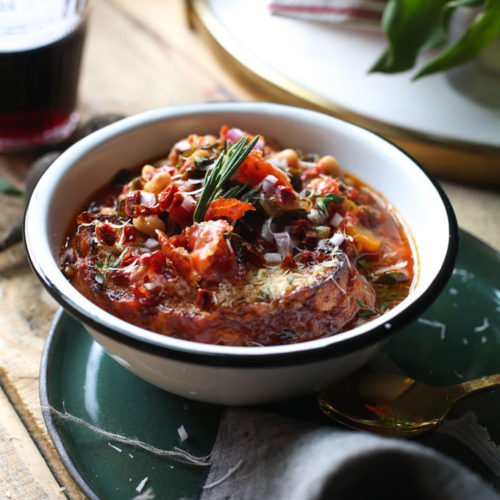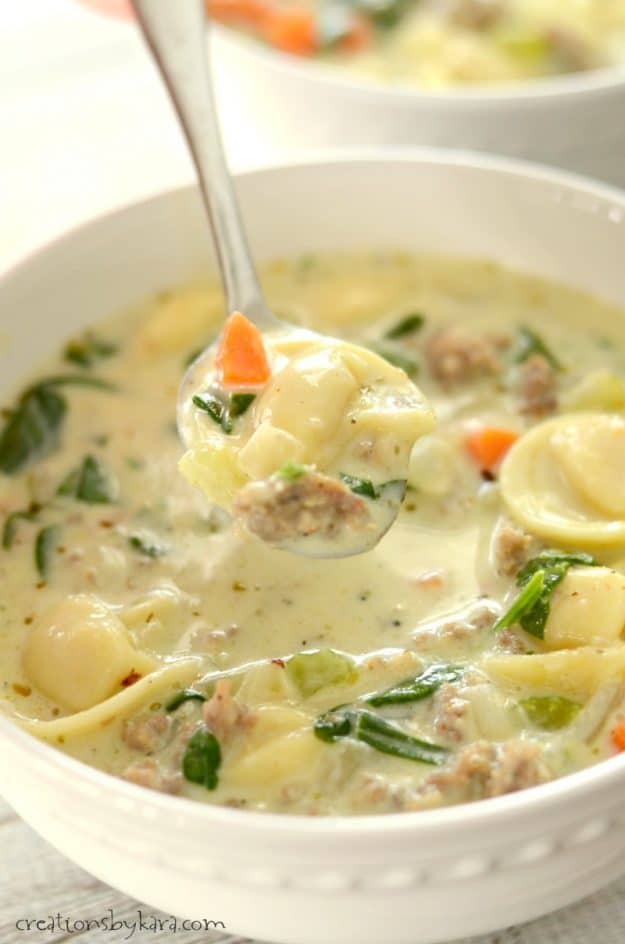Tuscan cuisine is renowned for its simplicity, depth of flavor, and reliance on locally sourced ingredients. Among the many traditional dishes that have stood the test of time, soups hold a special place. Two of the most iconic examples are ribollita and Ina Garten’s Tuscan White Bean Soup, both of which reflect the region’s long-standing tradition of using leftovers and seasonal produce to create hearty, nourishing meals. These soups not only highlight the culinary ingenuity of Tuscany but also offer modern twists that cater to today’s busy lifestyles.
The Origins of Ribollita: A Dish Born from Necessity

Ribollita, meaning “reboiled” in Italian, is a prime example of how Tuscans have historically approached food with a philosophy of sustainability. Its origins can be traced back to the medieval era, when peasants would repurpose leftover minestrone by adding stale bread and reboiling it. This practice not only reduced waste but also transformed the soup into a more substantial dish.
The name itself reflects this resourcefulness. Unlike other soups that are made fresh, ribollita is designed to be reheated, often served as a second meal. Over time, the recipe evolved, incorporating ingredients like cannellini beans, black cabbage, and vegetables such as beets, carrots, and zucchini. The addition of bread gives the soup a unique texture, while herbs like rosemary and bay leaf add layers of flavor.
Pellegrino Artusi, a celebrated 19th-century Italian chef, included a version of ribollita in his seminal cookbook La scienza in cucina e l’arte di mangiar bene. His recipe, titled "Zuppa Toscana di Magro alla Contadina" (Tuscan Lean Peasant Soup), emphasized the humble yet satisfying nature of the dish. As he noted, “This soup which, out of modesty, is given the epithet of peasant, I am convinced that it will be appreciated by everyone, even by gentlemen, if made with due attention.”
Modern Adaptations: Making Tuscan Soups for Today’s Busy Lives
While traditional recipes like ribollita require time and patience—especially when soaking beans overnight—modern adaptations have made these soups more accessible. One popular variation is creamy sausage tortellini soup, which combines the rich flavors of Tuscan ingredients with the convenience of store-bought items. This version uses Italian sausage, tortellini, sun-dried tomatoes, and spinach to create a hearty, comforting meal that can be prepared in under 30 minutes.
The key steps involve browning the sausage meat, sautéing onions, garlic, and sun-dried tomatoes, then adding chicken stock, tortellini, and cream. The result is a creamy, flavorful soup that pairs perfectly with crusty bread or a sprinkle of Parmesan cheese. For those looking for a vegetarian alternative, simply omitting the sausage and using vegetable stock makes the dish just as satisfying.
Ina Garten’s Tuscan White Bean Soup: A Timeless Classic
Another beloved Tuscan-inspired soup is Ina Garten’s Tuscan White Bean Soup, which has become a staple in many households. This version emphasizes the use of cannellini beans, a staple in Tuscany, and relies on a base of onions, leeks, carrots, and celery. The soup is simmered slowly, allowing the vegetables to meld together and create a rich, velvety broth.
Ina’s recipe, as detailed in Essentials of Classic Italian Cooking, highlights the importance of high-quality ingredients. While the original version requires soaking and cooking dried beans, modern shortcuts such as canned beans and pre-chopped vegetables make it easier to prepare without sacrificing flavor. The addition of pancetta, though optional, adds a savory depth that complements the beans and herbs.
For a vegetarian version, the pancetta and chicken stock can be omitted, and vegetable stock along with nutritional yeast can be used instead. This adaptation maintains the essence of the original while catering to plant-based diets.
The Cultural Significance of Tuscan Soups
Beyond their culinary appeal, Tuscan soups carry cultural significance. They are often associated with family gatherings, winter evenings, and the idea of comfort food. Whether it's the rustic charm of ribollita or the creamy richness of a tortellini soup, these dishes embody the spirit of Tuscany—simple, heartfelt, and deeply rooted in tradition.
Moreover, the versatility of these soups allows them to be adapted to different tastes and dietary needs. From vegetarian variations to quick weeknight dinners, there’s a Tuscan soup for every occasion.
Conclusion: Embracing the Legacy of Tuscan Soups
Tuscan soups are more than just meals; they are a reflection of history, culture, and community. Whether you're preparing a traditional ribollita or a modern twist on Ina Garten’s white bean soup, these dishes offer a connection to the past while remaining relevant in today’s fast-paced world. By embracing the principles of sustainability and flavor, Tuscan soups continue to inspire and nourish people across generations.


